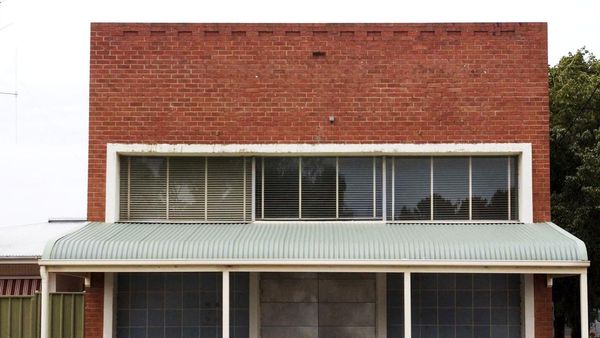
Because pro-social behaviour emerges so often after disaster, community empowerment should be central to disaster mitigation and recovery
Opinion: Cyclone Gabrielle caused major damage across the North Island. This unprecedented climate event created great uncertainty. People are wondering if, or when, they can return to their homes, the extent to which their insurance will cover the damage, the time it will take to recover, and, in some cases, even whether their communities will be viable in the long-term.
What has been far more certain is the importance of community-led disaster responses. As three residents of hard-hit Muriwai told RNZ’s Sharon Brettkelly on The Detail podcast recently: "the community has been awesome"; locals have been "really well supported by our community"; with the community assistance described as "absolutely mind blowing". These points have been reinforced by my colleague – herself a Muriwai resident – Associate Professor Vivienne Elizabeth.
It is a similar story elsewhere. Newspapers reported Hawkes Bay residents risking their own lives to save stranded neighbours and stock. Community members have acted as first responders and caregivers, providing shelter and essential supplies, and coordinating clean-up efforts.
These acts of mutual help and collective feelings (often accompanied by utopian desires to do better in future catastrophes) have been seen for as long as there has been a sociology of disasters. In 1920, Samuel Henry Prince studied community reactions to the explosion of French munitions ship Mont Blanc in Halifax, Nova Scotia.
His analysis revealed “the role of catastrophe in stimulating community service, in presenting models of altruistic conduct, in translating energy into action, in defending law and order, and in bringing into play the great social virtues of generosity, sympathy and mutual aid”.
READ MORE:
* Christchurch offers waterlogged Auckland three blunt lessons in resilience
* A flood of issues to tackle in NZ’s emergency management system
* Piha resilient, but looking for answers
Prince noted how volunteer firefighters put themselves in harm’s way to prevent a second explosion. Ditto longshoremen, sailing other munitions ships to safety. Cafes provided meals, medicines were distributed freely. Such was the outpouring of goodwill that Halifax was dubbed the City of Comrades.
The connection between disasters and pro-social behaviour is so frequent that it is known by many names within the literature: the brotherhood of pain, communitas, emergency togetherness, extraordinary community, post-disaster solidarity, and therapeutic community.
The safest communities are the most egalitarian ones, and in “normal” times more equal societies also have fewer health and social problems too.
There are several reasons. First, disasters are social phenomena. Threats and damage are public and widely experienced. Suffering together bonds survivors, creating a collective identity. Second, collective action is further encouraged as current power structures are nowhere near as robust as is commonly thought. Fellow citizens are usually the first responders who do the heavy lifting when disaster strikes.
Third, the pronounced sense of agency is seen as a vital sense-making activity which has emotional and practical benefits. Adjustment to the “new normal” enhances individual and collective wellbeing, a coping strategy that helps facilitate resilience. Finally, undergirding all of this is that we are essentially social beings. We cannot exist alone. We are products of culture and collective labour. We share norms and relations and are remarkably altruistic. As such, we are disposed to help others. Disasters throw this aspect of ourselves into its sharpest relief.
Because pro-social behaviour emerges so often after disaster, community empowerment should be central to disaster mitigation and recovery. Three strategies can be signalled here, for a world well prepared for when disaster strikes.
First, social capital has proven to be a valuable resource when it comes to recovery. Scholars such as Daniel Aldrich (author of Building Resilience) argue that it is even more important than economic assets. We can think of social capital as resources generated through social networks. Policies that promote social inclusion will be welcome here, such as those aimed at eliminating negative stereotypes, racism, and language barriers. Local events (eg festivals) and activities (eg time banking) will also help. Communities are strongest when all feel they belong.
Second, social infrastructures should be developed. There is good evidence to show that when it comes to recovery, it is every bit as important as physical, lifeline infrastructure. We can think of social infrastructure as the ground on which social capital develops. Ideally such places have no barriers to access: all are welcome, and a diversity of people should be able to routinely interact, thus promoting tolerance. In the local context this could include such things as parks, public libraries and community gardens.
Third, we know inequality is the biggest driver of vulnerability, and that disasters typically magnify existing inequities. The safest communities are the most egalitarian ones, and in “normal” times more equal societies also have fewer health and social problems too.
The redistribution of resources must be a policy goal. Useful actions here include progressive taxation, living wages and other welfare measures such as the provision of quality social housing. Through such measures we will all be better off, regardless of whether the disaster strikes or not.







